Ep. 51 - Blue Flowers
a Pantone-inspired Off Topic
Ever wonder why there are so few blue flowers?
Don't even get Matthew started! (Oops - too late) His first wishlist plant was a blue rose when he was a toddler. A few decades later, and with Classic Blue as the Pantone Color of the Year, are we any closer? Have your science textbooks handy as we delve into ways genetic modification is changing the cut flower industry, a garden favorite that changes color already, and discuss why we even want blue flowers in the first place.
Mentioned in this episode:
efforts to breed and genetically modify plants to produce flowers in new, true-blue shades
“blue” as a descriptor for flowers
naturally occurring, truly blue flowers
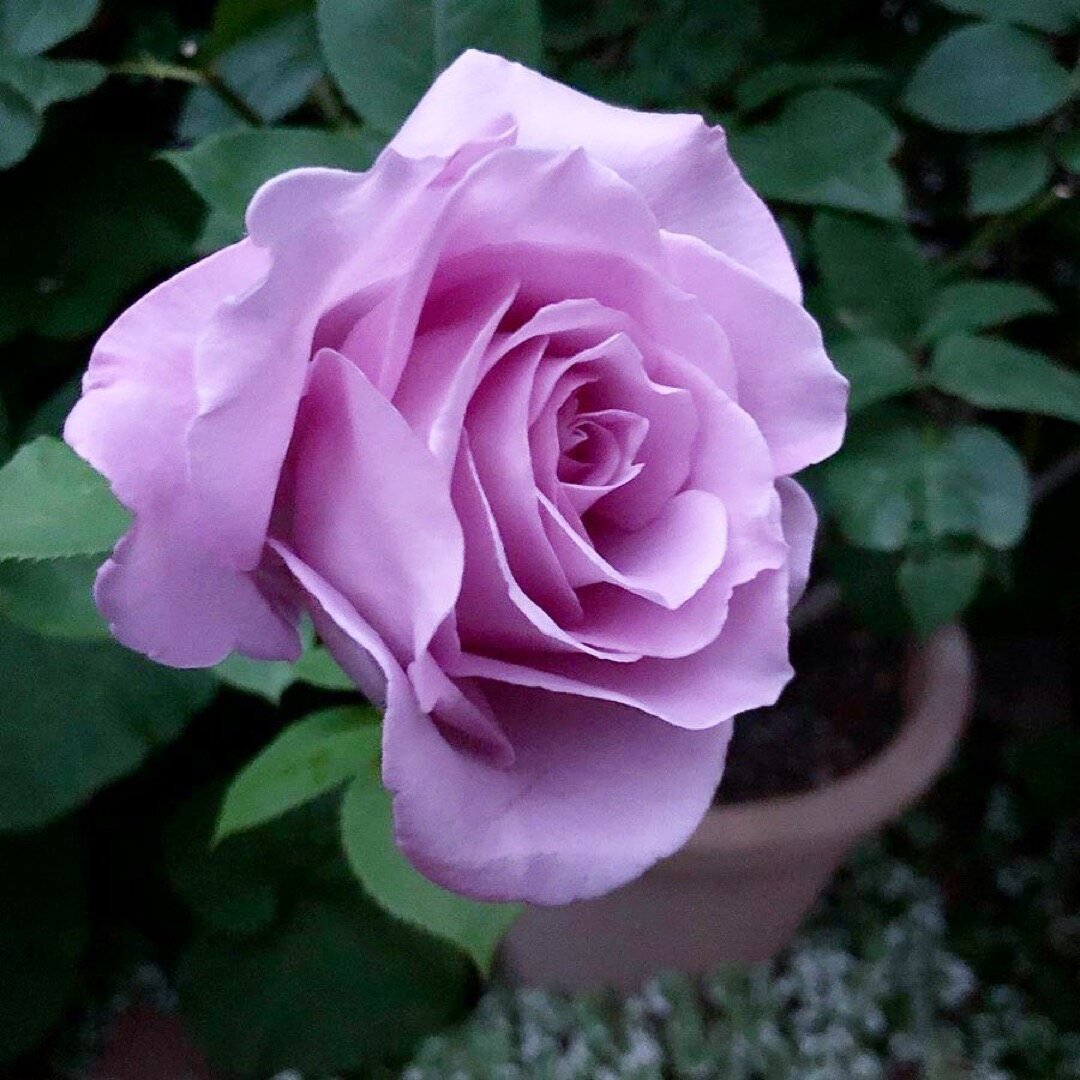
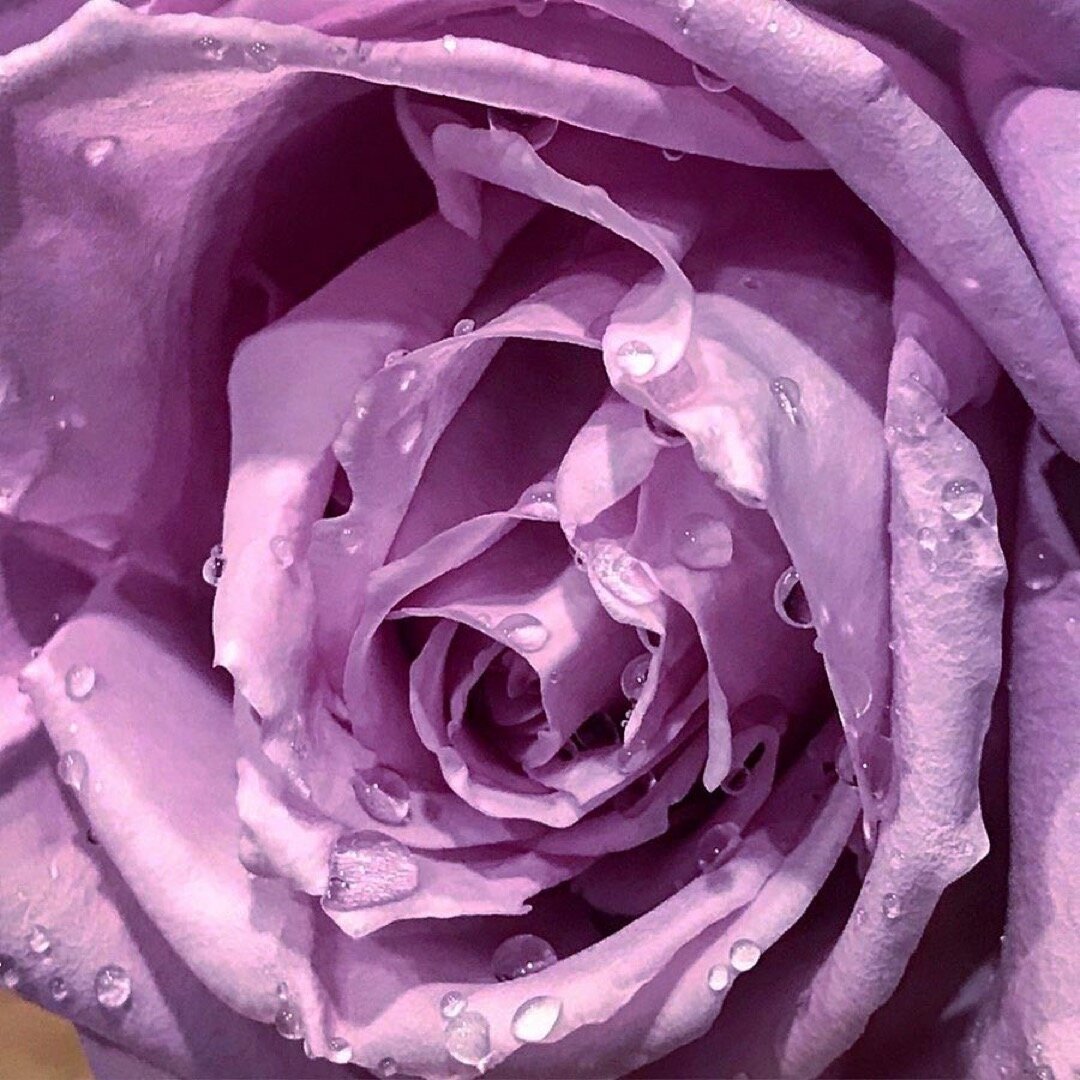

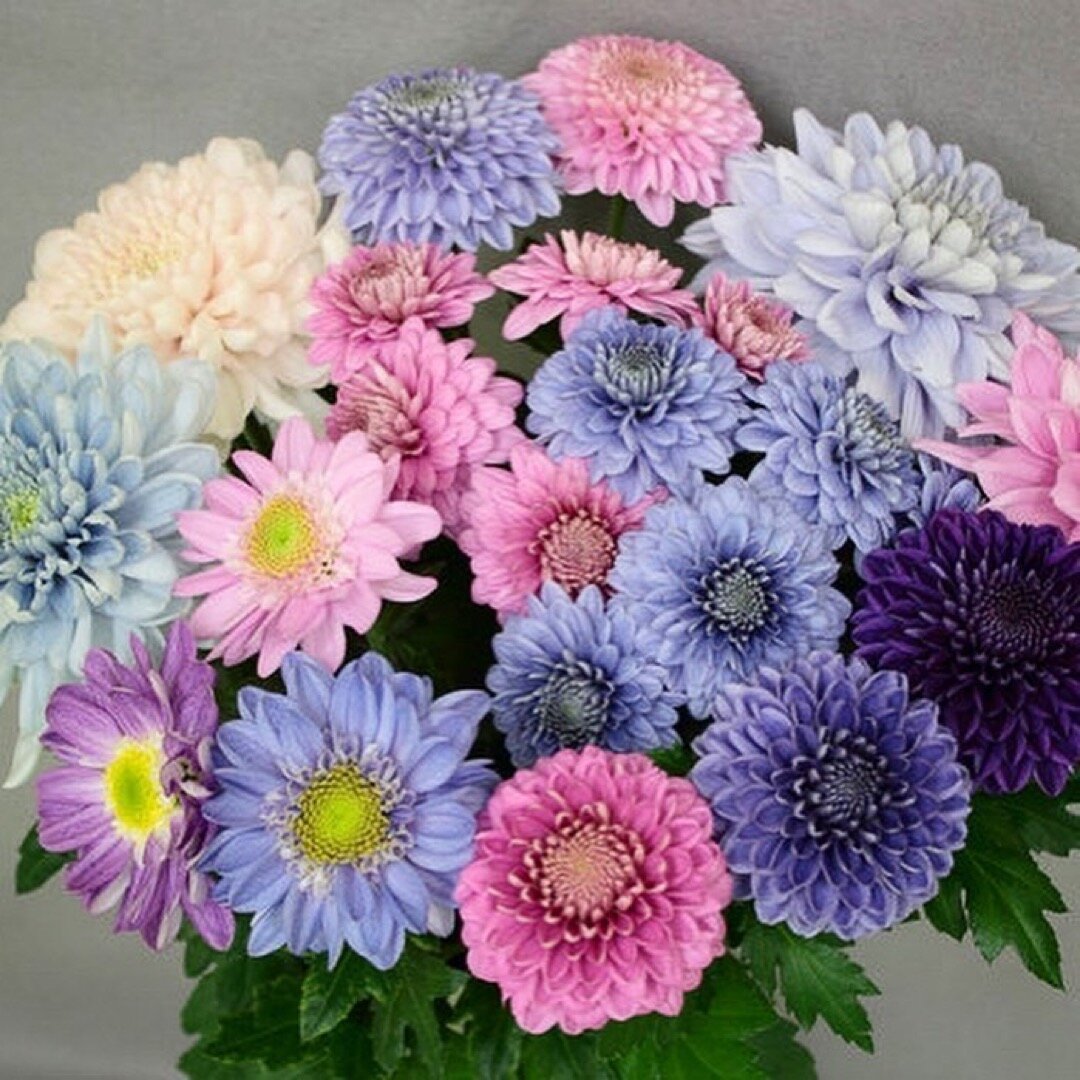
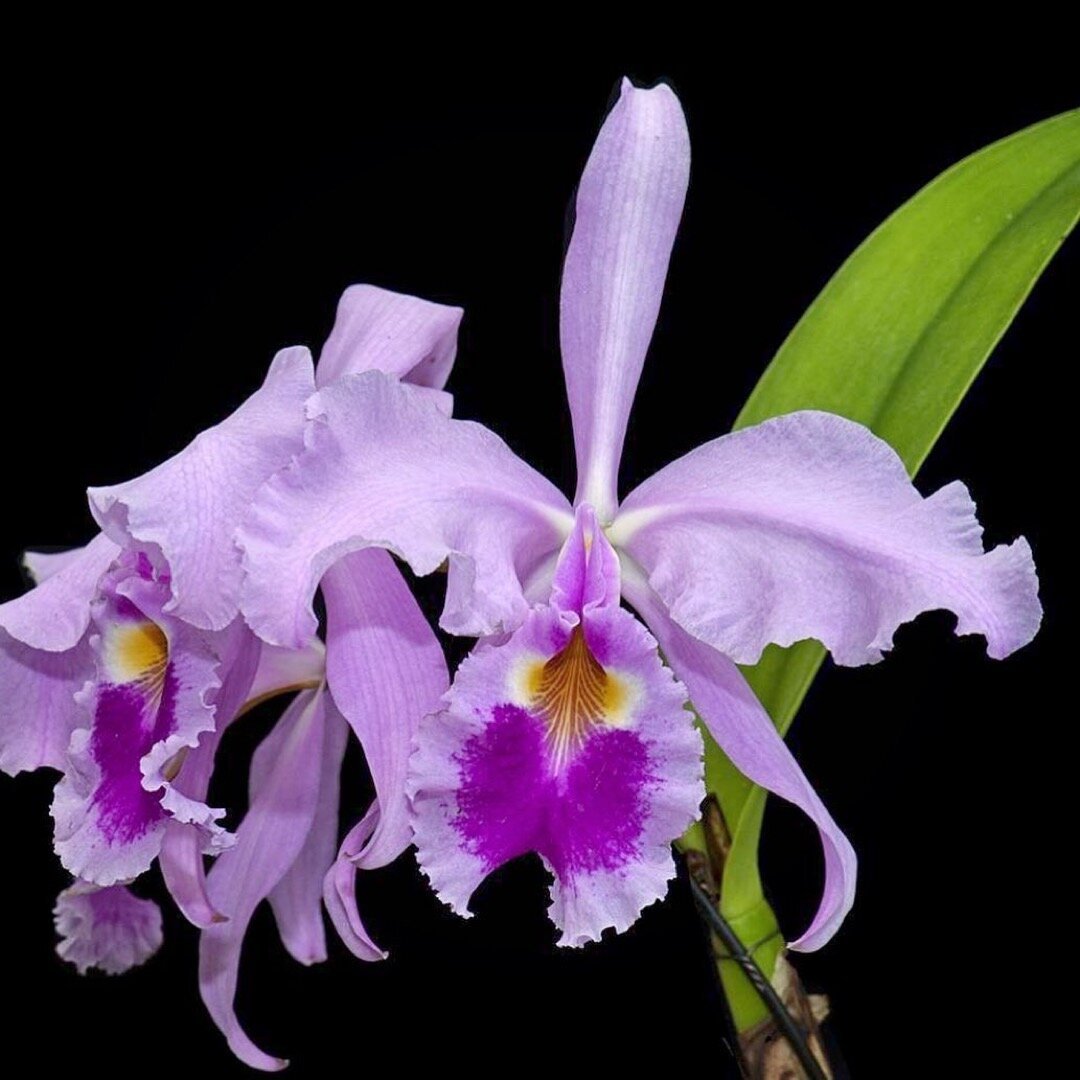
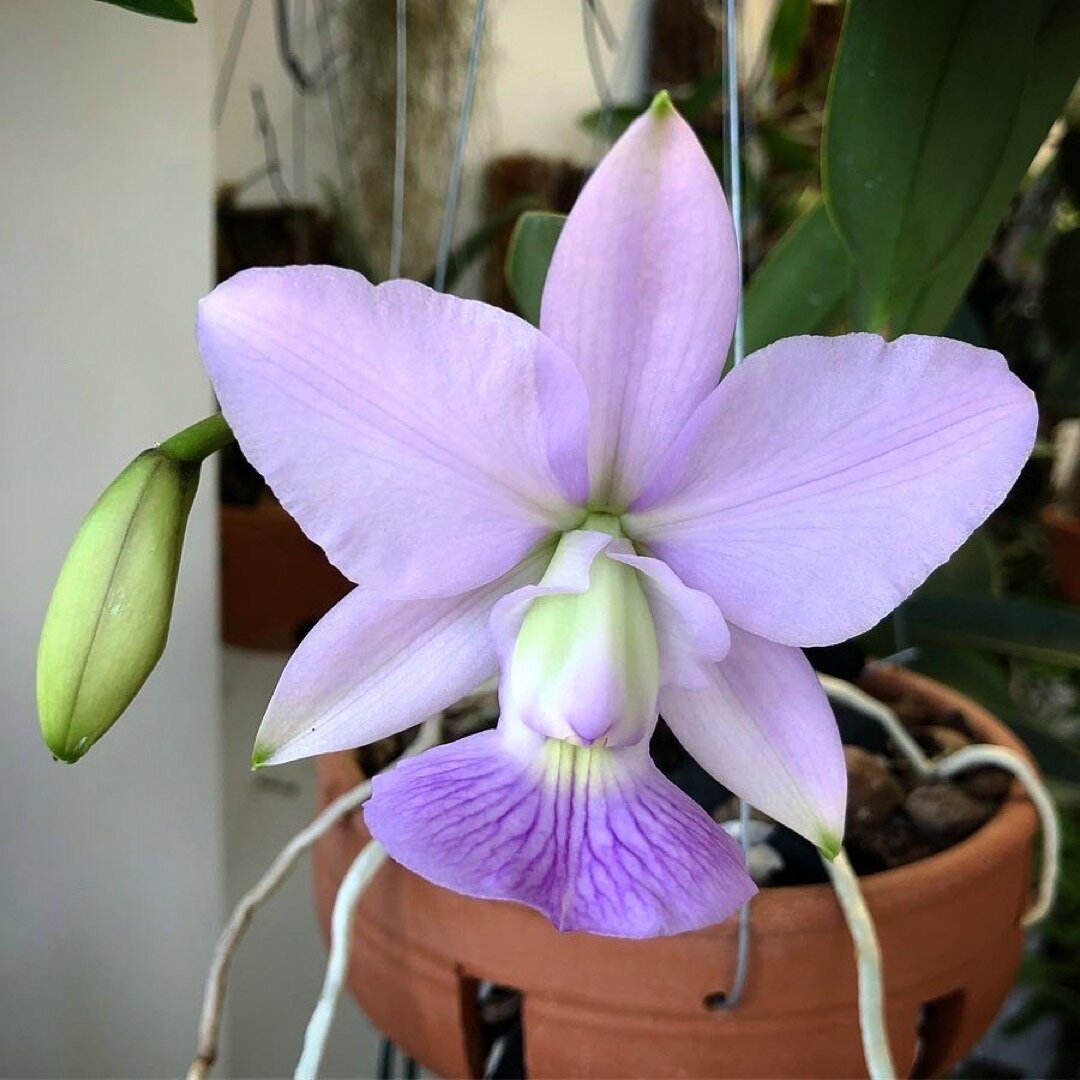
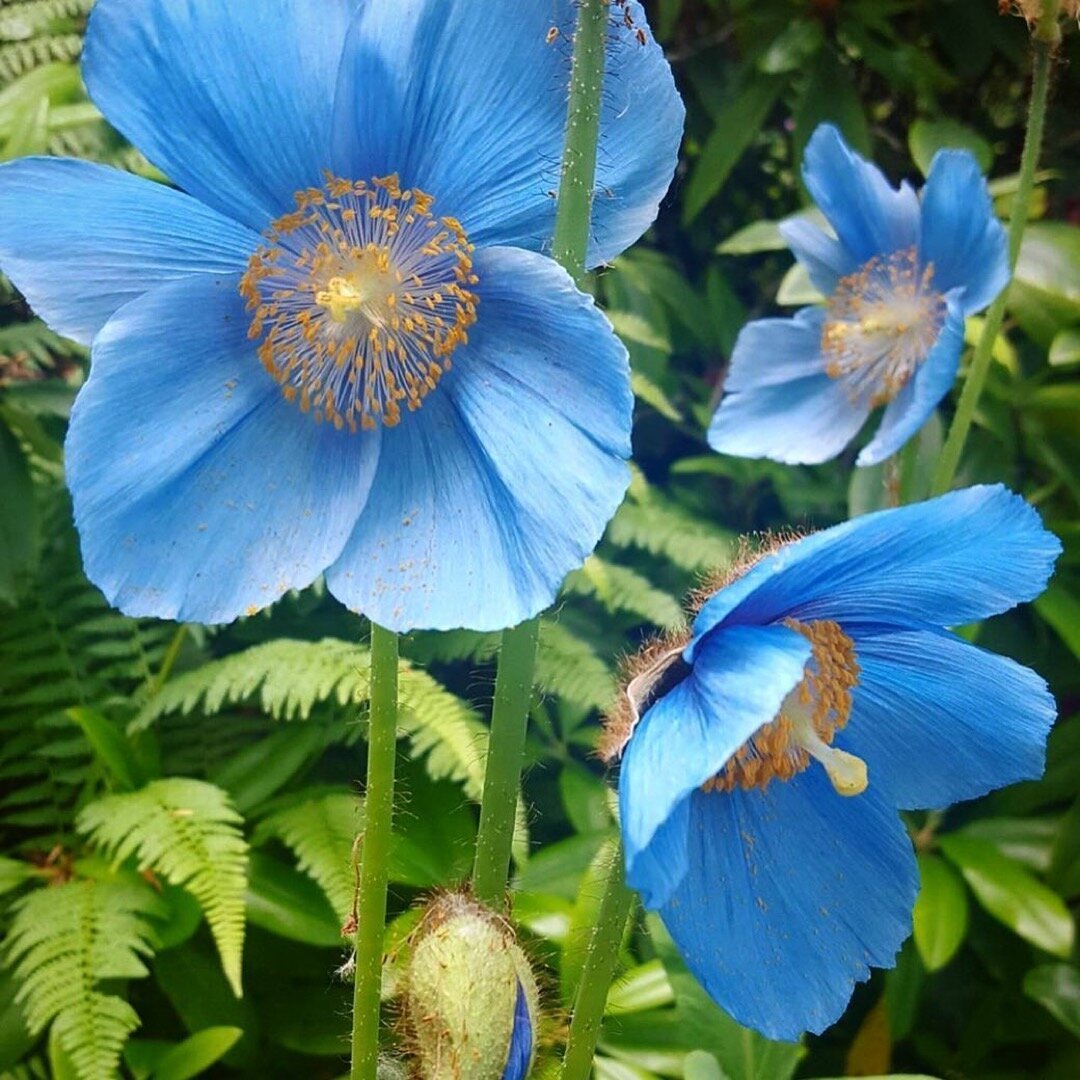
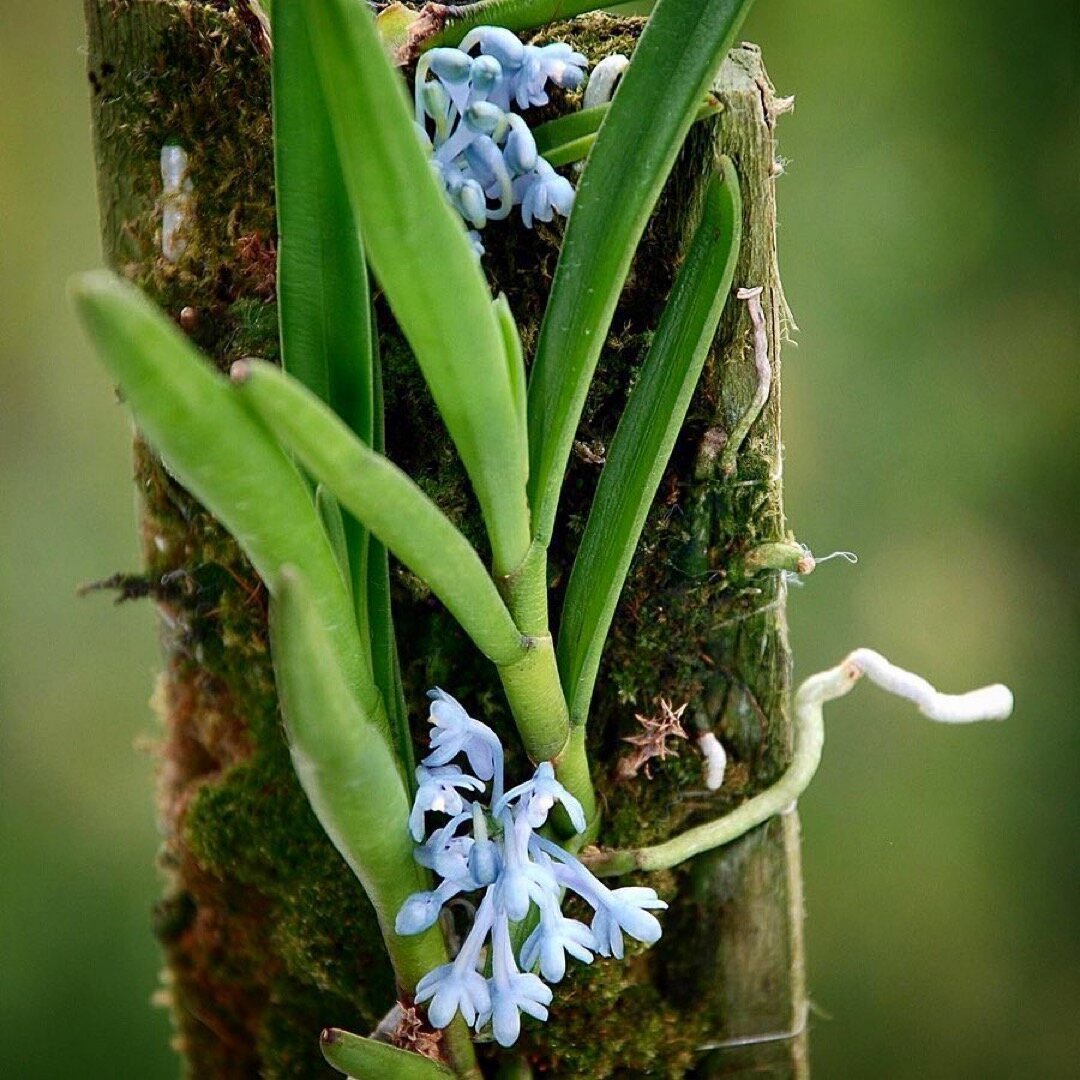
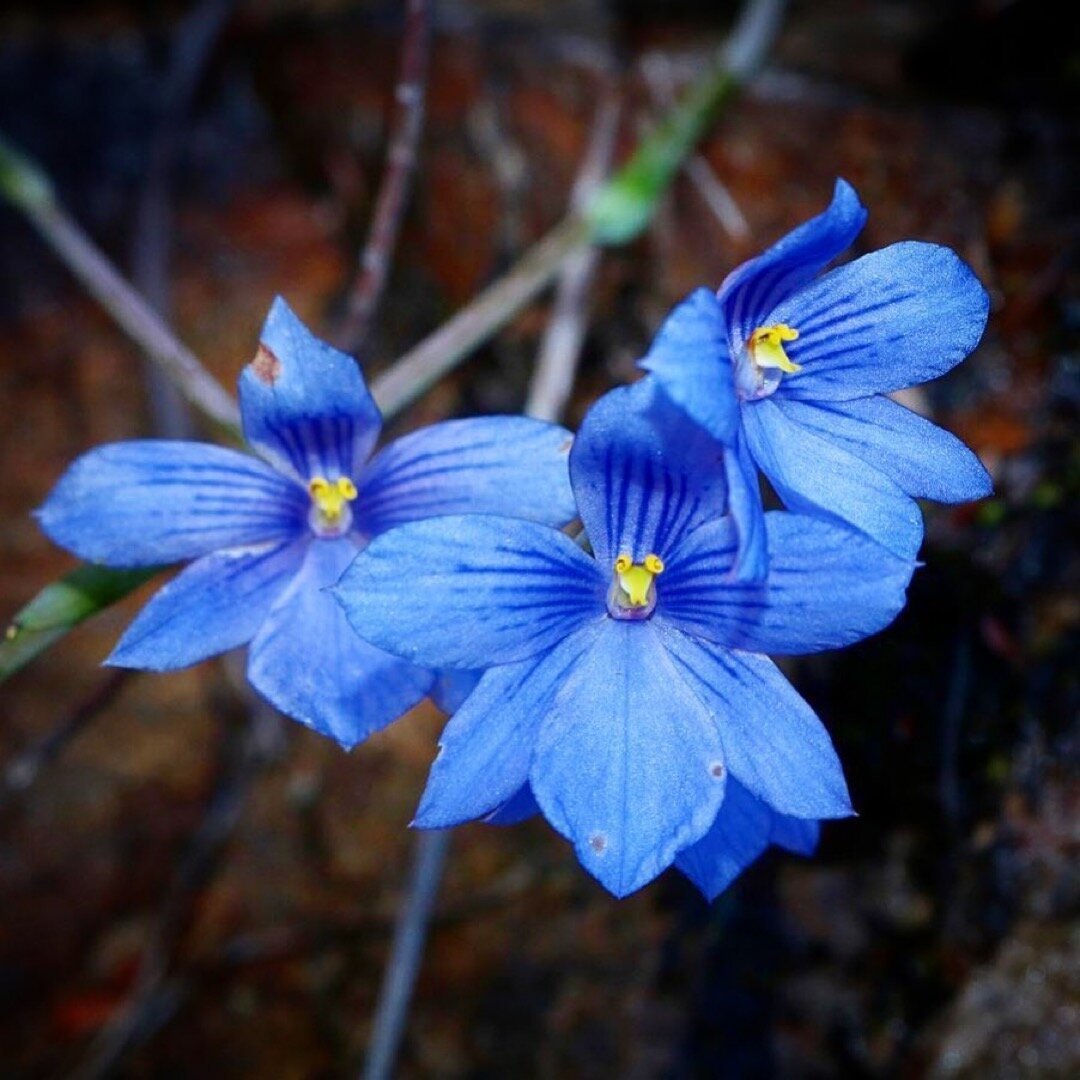
A special thank you to the photographers who took these photos!
the genetically modified “blue” rose, ‘Applause’ @applauserose
‘Blue Moon’ @tigers851016
‘Blue Girl’ @angry_fluff
a GMO blue Chrysanthemum, photo from capitolpress.com
a bouquet of pink and GMO violet and blue Chrysanthemums, photo from @npr
a “blue” orchid, Cattleya warscewiczii coerulea @lightmirror
another “blue” orchid, Cattleya walkeriana coerulea @michelnakamura
a TRUE blue Himalayan Blue Poppy @colibri.blooms
TRUE blue orchid, Cleisocentron merrillanum @the_wardian_case
another TRUE blue orchid, Thelymitra cyanea @francisnge
And since Matthew can be a bit obsessive when it comes to growing the plants he finds interesting, here are a couple photos of the first flower off of his own Blue Moon rose
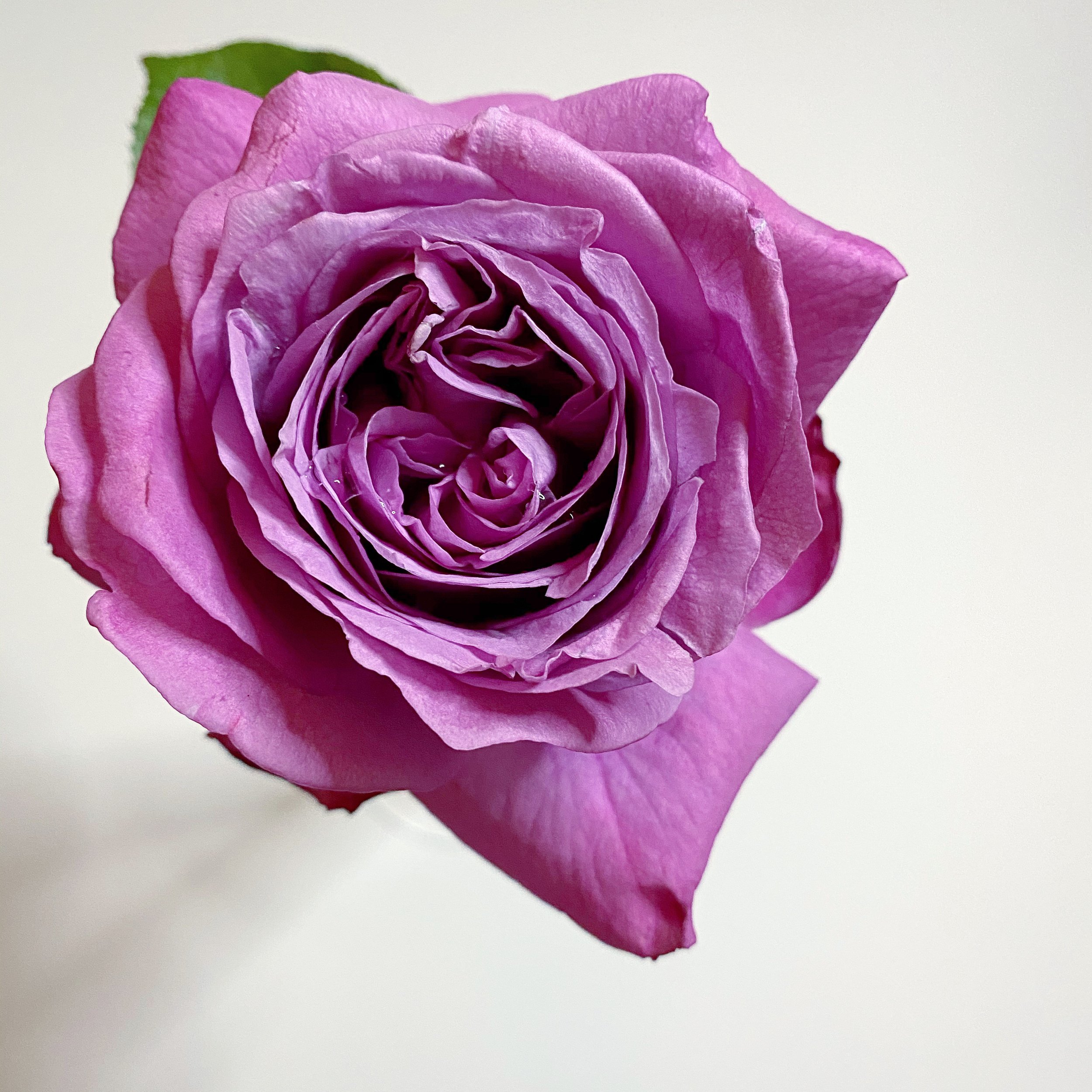
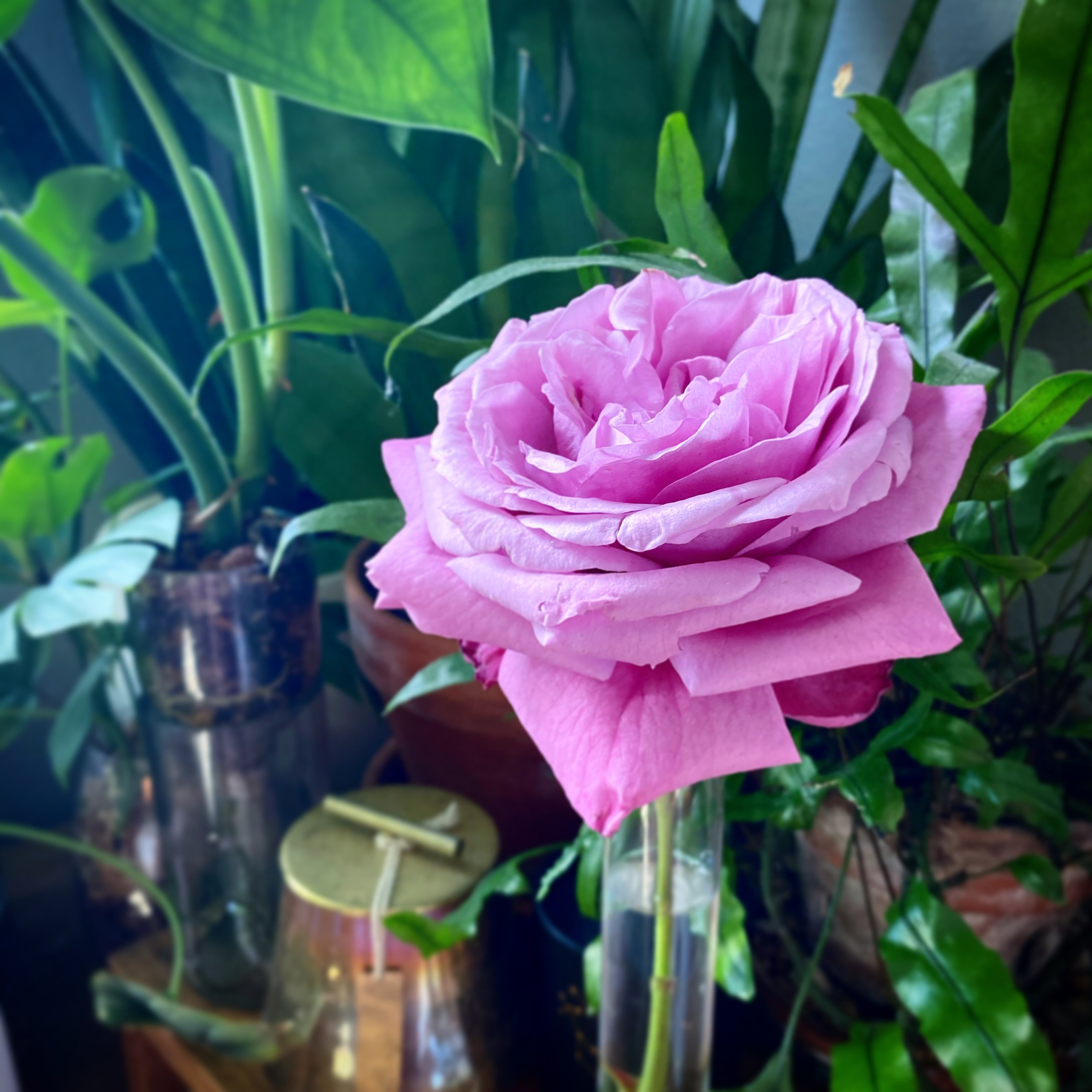
There are many species and cultivars of garden plants, as well as a few houseplants, that offer true blue flowers either by nature, or through conventional breeding techniques.
Many of these flowers don’t require a lot of imagination to see as “blue” even if they include shades of violet or other colors. For many of these, blueness may vary based on growing conditions, specific clones, and the age of the flowers.
Some of the ones that stood out to me include the following:
Evolvulus(Dwarf Morning Glory)
Salvia azurea (Blue Sage), guaranitica ‘Kobalt’
Ipomea tricolor ‘Heavenly Blue’ (Morning Glory)
Centaurea cyanus (Cornflower)
Muscari (Grape Hyacinth)
Scilla siberica (Siberian Scilla)
Brunnera (False Forget-me-Not)
Myosotis(Forget-me-Not)
Anchusa capensis(Cape Forget-me-Not)
Lobelia (Blue Cardinal Flower)
Amsonia tabernaemontana (Eastern Bluestar)
Nigella damascena (Love-in-a-Mist)
Linum usitatissimum (Flax)
Anagallis arvensis (Blue Pimpernel)
Commelina dianthifolia (Birdbill Dayflower)
Phacelia campanularia (Desert Blue Bells)
Clitoria ternatea (Butterfly Pea)
Oxypetalum coeruleum(Tweedia)
Corydalis flexuosa 'Porcelain Blue'
Impatiens namchabarwensis(Blue Diamond Impatiens)
Nemophila menziesii(Baby Blue Eyes)
Strongylodon macrobotrys(Turquoise Jade Vine)
Thelymitra cyanea, crinita(Blue Lady Orchid)
If you’re interested in any of the resources we used in preparing this episode:
Pantone Color of the Year 2020: Classic Blue
Color Change in Hydrangeas
The American Scientist article I paraphrased in the episode has a really good explanation of the organic chemistry behind the color-change of Hydrangeas, and the relationship between pH, anthocyanins, and soil composition.
Plant Addicts and Gardenista both talk more about the practical details behind the color-changing of Hydrangeas for home gardeners.
Blue Chrysanthemum
If you love peer-reviewed literature, Generation of blue chrysanthemums by anthocyanin B-ring hydroxylation and glucosylation and its coloration mechanism, Noda 2017, should provide you with a much more detailed description of the science behind the successful creation of blue Chrysanthemums. It includes figures!
The New York Times wrote a fascinating piece about the general science of designer blue flowers, the complicated factors that determine how a flower is perceived as a certain color, and discusses how the availability of these GMO plants is limited due to ecological concerns - and this article announces the USDA’s rejection of the Chrysanthemum.
This article uses the blue Chrysanthemum as the central focus of their discussion around the genetic modification projects underway to produce novel designer plants.
And NPR had my favorite press coverage of this story.
Blue Roses
This article from Suntory.com discusses the development of the technology and biology behind gene modification, and discusses the first GMO cut flowers, the Moon Series of carnations.
For a different take, this article briefly covers an effort to achieve a blue rose that we didn’t mention in the episode that tested injections of bioengineered bacteria into rose petals to alter their color without dyes.
Lastly, this was a useful article to read for both information about the development of blue roses, as well as other implications these technologies may have in other flowers.
There were also some interesting press releases and write-ups:
https://www.sciencedaily.com/releases/2018/10/181010111946.htm
https://www.wired.com/2011/09/blue-roses-for-sale/
Developing Blue in Plants, and the Science of Blue Flowers
This article discusses the rarity of blue in nature and flowers.
Sciencemag.com compiled several articles that were more about blue as a pigment in general, and its scarcity in the natural world. It touches on Chrysanthemums, roses, and blue as a pigment molecule.
Chapter 7 talks specifically about flowers, but the whole publication is entirely about the science of plant color.
